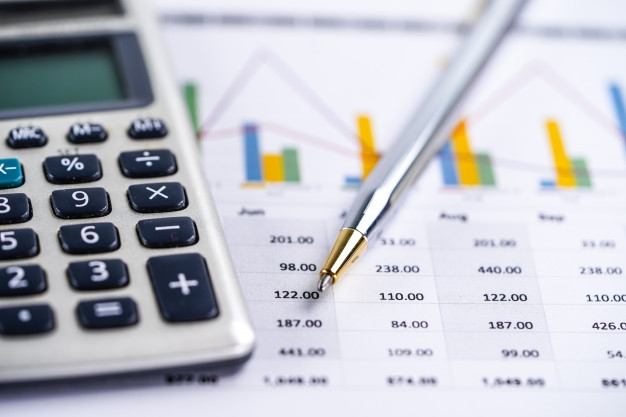Most state and federal laws allow for a variety of measures for valuing businesses or business assets. Therefore, reading through case law – or conferring with a lawyer who reads it for you – will reveal various valuation measures in a variety of contexts:
• condemnation proceedings when a government must take private land or property for public usage,
• divorcing spouses and the marital estate to be divided,
• financial losses or injuries to businesses or businesspeople, and
• supersedeas scenarios.
The recurring valuation measures are (a) net worth under Generally Accepted Accounting Principles (GAAP), (b) “going concern” valuations (the most common being a discounted cash-flows measure), (c) market capitalization for publicly held businesses, or (d) recent sales of comparable businesses or assets.

Net worth under GAAP.
Net worth under GAAP means a business’s total assets less total liabilities. This valuation measure works from GAAP’s “balance sheet” methodology for determining “equity.” GAAP uses the formula of “assets” less “liabilities” equal equity. In trial courts, parties may dispute the assets in this formula: one party, for instance, may claim that business’s partial, non-controlling ownership of other businesses should be excluded from assets, whereas another party may claim the opposite. Or, one party may claim that a civil money judgment subject to appeal is not a true liability and so should be excluded from liabilities, whereas the other party claims that such judgment is the most true and dangerous liability on the balance sheet.
Value “as a going concern.”
Going-concern valuations seek to value businesses or assets in light of their future earnings. These measures work from the assumption that the particular business or asset under consideration will not be liquidated or will not otherwise cease to exist, but rather will continue into the future and so will make future earnings.
Many such going-concern valuations exist, and many are potentially inaccurate because of complexity, manipulation, or speculation in the underlying methodology. Appellate courts tend to review going-concern valuations with special scrutiny. The most common and probably most accurate going-concern valuation is the discounted cash-slows measure. This measure, even when applied traditionally, is quite complex.
A valuation expert will project into the future (e.g., into the next 5-20 years) the likely cash flows, such as net profits, that a business or business asset may generate. Then, the expert will discount (lessen) the sum of those cash flows under a “time value of money” assumption – namely, the commonly accepted assumption that a dollar’s value today is worth more than the same dollar’s value 10 years from now – and even more than the same dollar’s value 20 years from now. To bring the future cash flows to “present value,” the expert will use a discount rate; frequently, this rate is the business’s “cost of capital” rate or the rate at which it must borrow money from its bank.

Market capitalization.
Perhaps the easiest valuation measure to understand is market capitalization for publicly held businesses. Through a public exchange (i.e., NYSE or NASDAQ), a business will have a certain number of shares “outstanding” – that is, shares that are authorized, issued and purchased by investors. (The outstanding shares do not include shares held internally by the business, which are unavailable for public trading.) Multiplying the outstanding shares by the “market price per share” will generate the total market capitalization. For instance, Johnson & Johnson’s outstanding shares were 2.63 billion and its price per share was $151.89 on the NYSE, as of February 7, 2020; accordingly, its market capitalization was $399,470,700,000 on that day. For most publicly held businesses on larger public exchanges, the business’s market capitalization approaches or well exceeds hundreds of millions of dollars.
Comparable sales.
A common business valuation, especially for business assets, is the comparable-sales measure. An expert will survey recent sales of similar assets in a certain geographic area in order to derive the likely sales price that a given asset would fetch. Most people are familiar with this approach by way of the valuation of houses in their neighborhoods.

Required proof of valuation.
